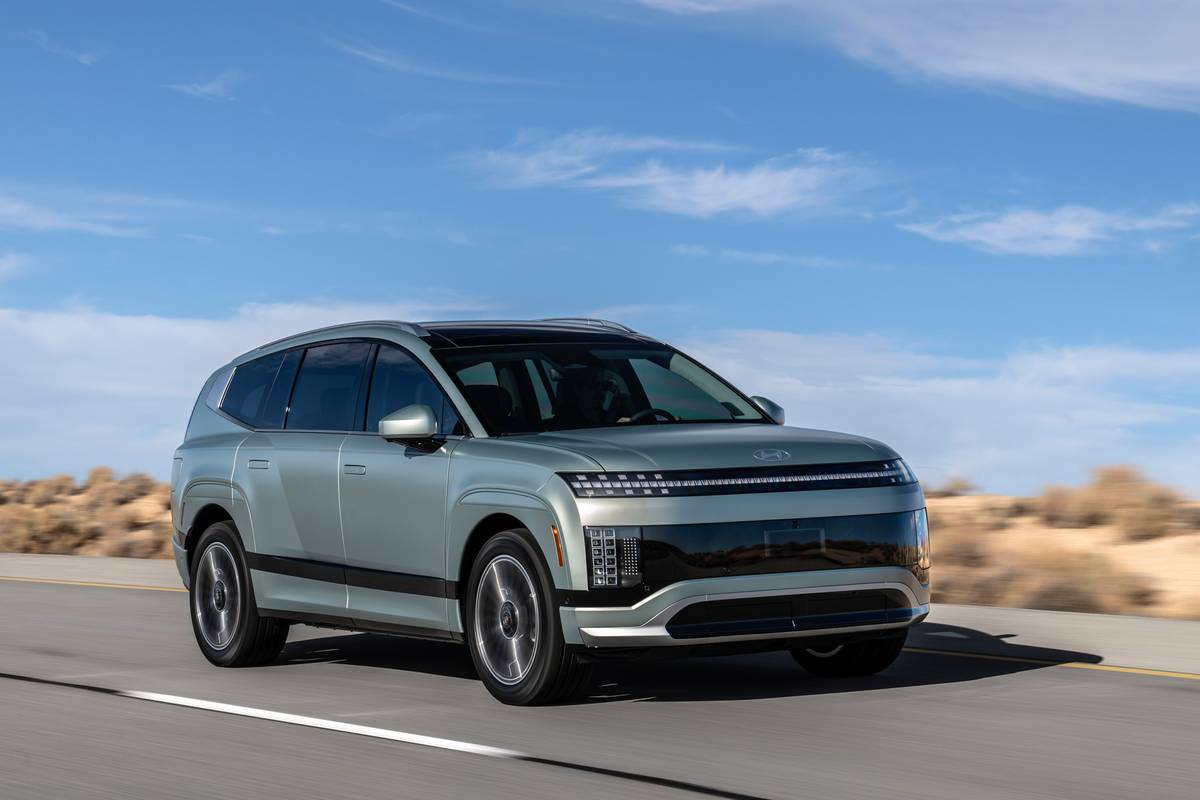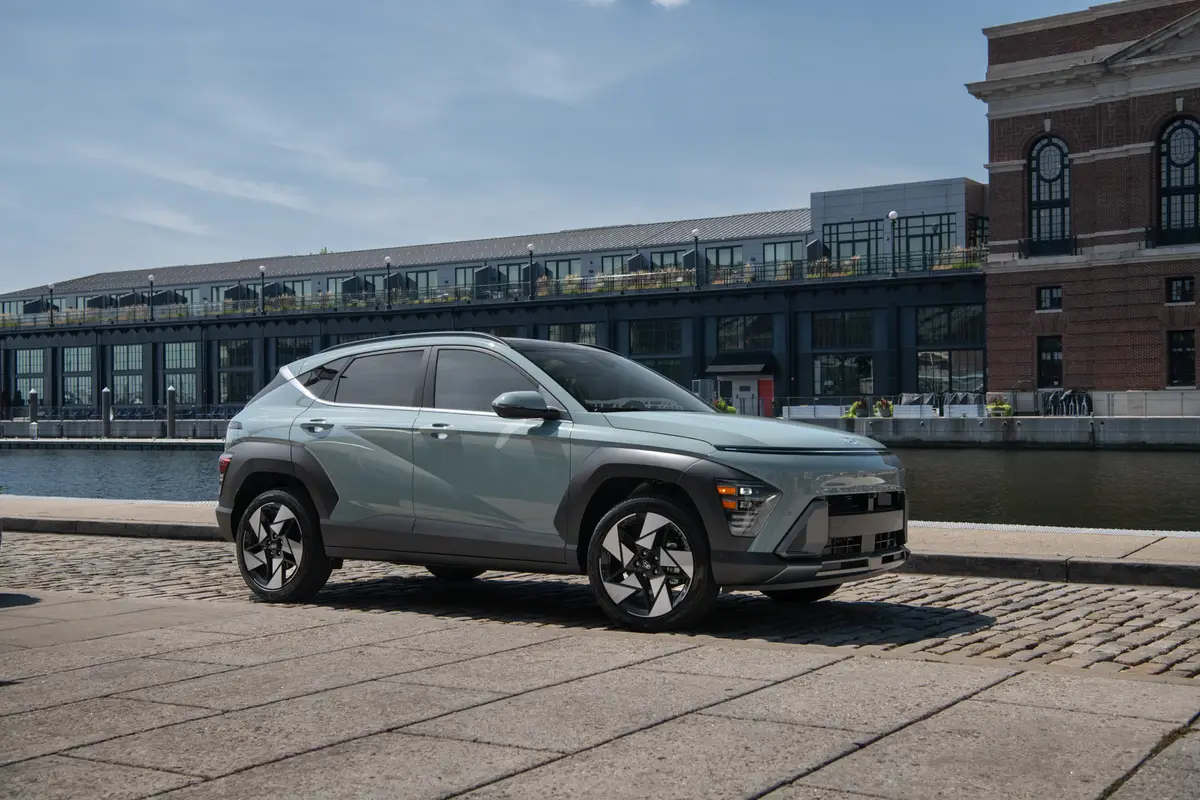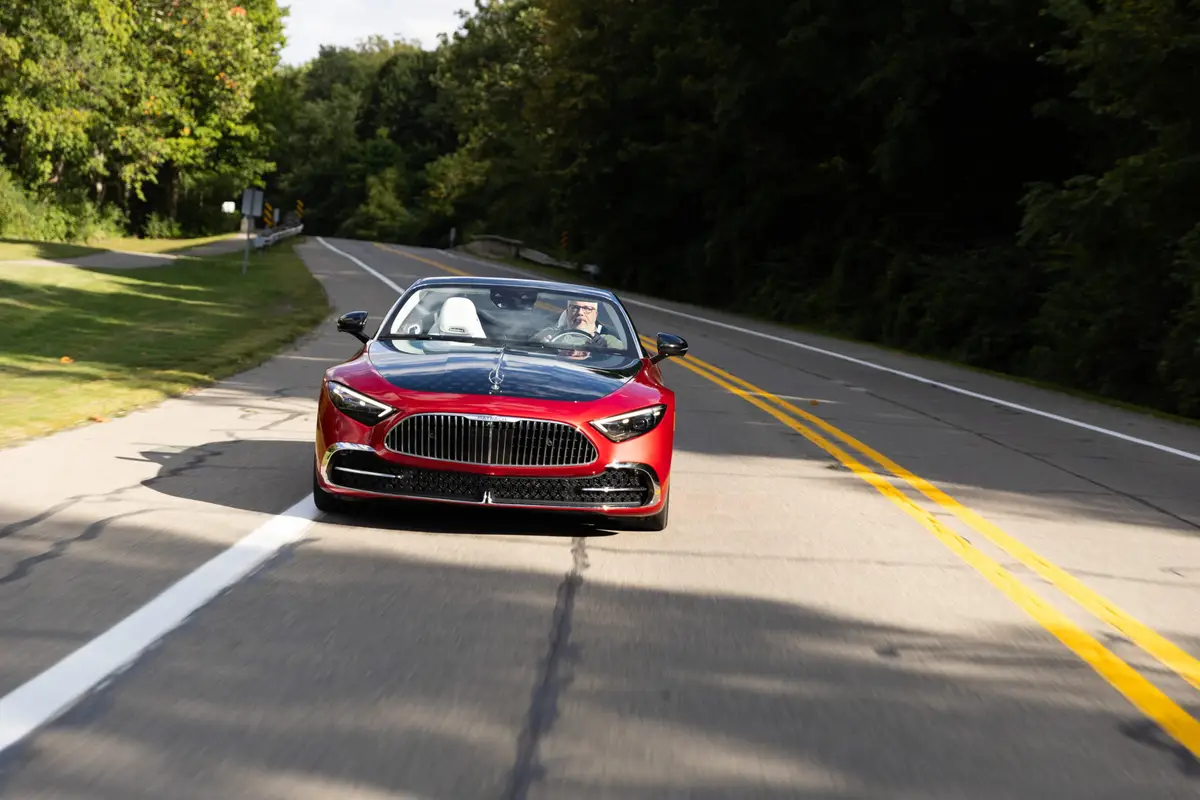The Morning Call and Mcall.com's view
The type of car that has shown the most changes over the past decade is the economy car. But, then, you could say, since it had such a lowly beginning there was no place to go but up.
It really wasn’t that long ago that economy cars were barely inhabitable noisy little boxes whose sole function was to achieve high fuel mileage or, at least, put the big numbers in the EPA Mileage Guide. Creature comforts were minimal, options limited and styling non-existent.
There were no worries about manufacturers getting too creative over these cars. With the rising gasoline prices of the 1970s, manufacturers really didn’t have to do much thinking. Consumers wanted fuel mileage and if they had to submit their bodies and minds to the discomforts and indignations of riding around in a slightly upscaled kiddie car, that was okay too. But then people, as they have been throughout history, wanted a little more. At the same time, manufacturers realized they couldn’t make a lot of money out of stripped-down cars, so they offered more options. We soon came to the era of the luxury- economy car, a contradiction in terms but certainly a child of the times.
This week’s test car – the Mazda 323 – is a good example of the evolution of the economy car. Although a brand new name and model from Mazda this year, the 323 is the follow up to the GLC, which was introduced in 1977. The GLC (these initials, somewhat immodestly, stand for Great Little Car) was the quintessential economy car. It offered absolutely nothing but high fuel mileage, low window sticker and reliability. It was also responsible as the car that pulled Mazda out of the horrors when the company was experiencing tough times with its rotary powered models.
Over the years the GLC offered just a little more. More models, more options and more up-to-date engineering. This year the 323 – with its new fuel-injected engine, redesigned body and improved suspension – goesanother step forward. It is still basically an economy car. But if you use a little imagination and maybe squint a bit, you might just fool yourself in thinking it is something else.
Basic dimensions for the four-door sedan test car (it is also available in a three-door hatchback model) include a wheelbase of 94.5 inches, overall length of 169.7 inches, width of 64.8 inches, height of 54.7 inches and curb weight of 2,115 pounds. This figures aren’t too much different than last year’s GLC. But rather interestingly, Mazda did manage to get a couple of more cubic feet of volume index and put the new model in the compact class. The 323 is rated at 103 cubic feet – 88 interior and 15 cargo – which puts it at the lower end of the compact class (100-110 cubic feet).
The two front bucket seats are decently, though not spaciously, sized. Most people won’t have any problem with front seat room, but extra tall persons will find themselves somewhat cramped on the long run (so, what else is new?). Back seat room is acceptable for a compact and three adults will be able to fit in if the front seats aren’t extended fully aft. Overall creature comfort is just about what you are paying for, and, like some other economy cars, it is a bit noisy inside. At 15 cubic feet capacity, the trunk is large for a compact.
The most outstanding feature of the 323 is its performance. Now Mazda doesn’t make any big deal that the 323 is a sports sedan or performance car, but I believe it will surprise most drivers. Put that five-speed manual in low, push the accelerator halfway down and those front wheels do a lot of chirping. Now this generally isn’t the type of car I get out the stopwatch for, but why be snobbish? The 323 ran from zero to 60 in a shade over 11 seconds. Not bad at all for an economy car.
The 323 is powered by a 97.4 cubic inch four that features multi-port type L-Jetronic fuel injection. It is rated at 82 horsepower at 5,00 rpm (about 20 percent increase over last year’s engine) and 92 foot pounds torque at 2,500 rpm (an 11 percent increase). Now 82 horses doesn’t really sound like a lot these days and it isn’t. But it is the instant response from the fuel injection that gives the performance. No doubt, the test car’s five-speed manual transmission helped out too. Even without paying too much attention to driving habits, the 323 will provide good fuel mileage. The test car averaged 23 miles per gallon for city driving and 35 mpg over the highway. The engine’s compression ratio is 9.3:1, which is really getting marginal for unleaded regular. The test car worked well on unleaded regular but I really don’t know if it will work as well for every 323.
The test car proved to be easy to drive and handled fairly well. The four- wheel independent suspension featured a MacPherson strut design up front and Mazda’s own Twin Trapezoidal Link system in the rear. The suspension links, both front and rear, are mounted with a newly designed double- construction bushing which, according to Mazda, improves the ride by reducing the transmittal of harshness to the chassis and the passengers while maintaining precise suspension geometry for superior handling. Who knows, this could even be true?
Just a word on styling. The 323’s design is familiar looking but then so are most cars on the market today. You may overlook its aerodynamic touches unless you look close. There are neat touches like a low wedge nose with flush headlights, integrated front and rear bumpers, flush rain gutters and just an overall clean look.
Base price for the 323 four-door Deluxe is $6,995. The base includes a nice level of trim and appointments and such standard items as a five-speed manual, styled wheels, rear window defogger, tinted glass, split rear seat and front mud flaps. The total on the test car, including a freight charge of $190 was $7,535. The only option was an AM-FM stereo with cassette at $350.
Latest news



